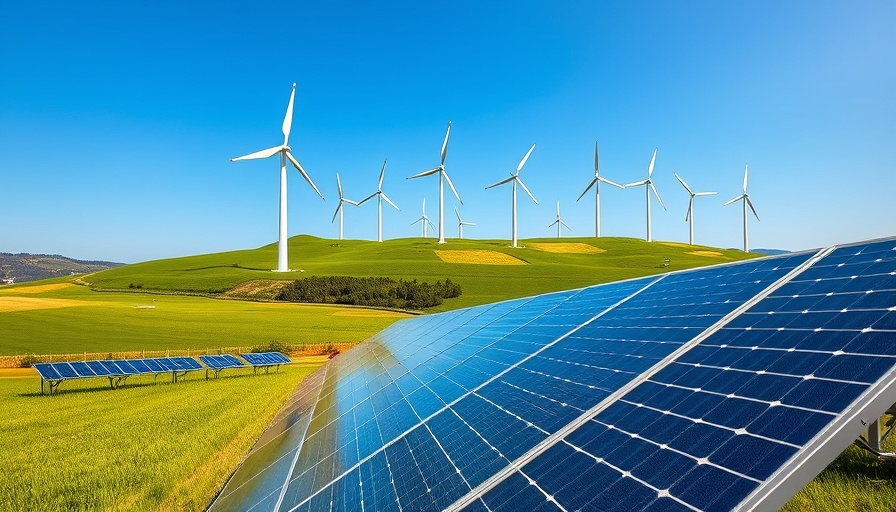
Unveiling Insights from South Africa’s Energy Infrastructure
In an era where the complexities of infrastructural development are increasingly met with scrutiny, the launch of "Beyond the Blueprint: Strategic Lessons from South Africa’s Energy Infrastructure Projects" marks a significant leap forward. This white paper, authored by the esteemed development economist Kalnisha Singh, serves not only to commemorate the 70th anniversary of the Freedom Charter but aims to equip decision-makers with invaluable lessons derived from over two decades of energetic projects.
Why This White Paper Matters
Singh’s approach is reminiscent of a sage offering lessons learned through trials and errors, emphasizing the need to share knowledge to avert similar missteps in future projects. Her commitment to guiding others through the labyrinth of development highlights the challenges faced not just in South Africa, but globally in the realm of infrastructure. The call for a transformation in how projects are conceived and executed is paramount, particularly in countries grappling with energy poverty and ineffective planning.
A Response to Recurring Challenges
As South Africa battles persistent issues such as load shedding and a contentious reliance on coal-fired power, the white paper emerges as a beacon of hope and progressive thinking. For professionals engaged in the energy sector, the insights offered could catalyze change, fostering a transition towards more sustainable energy solutions—like solar and wind energy—integrating strategies that align with global climate change commitments.
Catalyzing Transformative Discussions
At the online launch, feedback from attendees underscored the immediate relevance of Singh’s insights. The enthusiastic praises from professionals demonstrate a universal appetite for knowledge that can drive innovation in energy solutions. Such discussions around energy security and sustainability are imperative, particularly in a country where energy access and affordability remain pressing concerns.
Diverse Perspectives on Energy Challenges
The call for a Just Energy Transition reflects broader global sentiments, encapsulating the essence of equitable growth and development. Stakeholders are urged to simultaneously pursue energy efficiency and decarbonization, fostering an energy mix that includes renewable sources while addressing the existing carbon emissions linked to fossil fuels. This balancing act is crucial for achieving both energy security and the goals set forth in the Paris Agreement.
Practical Steps Forward
Ultimately, professionals must leverage the findings of the "Beyond the Blueprint" to navigate the intricate landscape of energy policies effectively. Investment in Independent Power Producers (IPPs) and promoting renewable energy sectors like biomass and hydroelectric power are steps in the right direction. The white paper highlights decisions that can lead to improvement in the country’s energy mix and better governance in energy policies.
The Way Ahead: Engaging with Solutions
For professionals involved in energy and development sectors, engaging with this white paper is about more than knowledge; it's about action. As the landscape of energy continues to evolve, so too must our approaches to sustaining it. The challenges ahead may seem daunting, but through strategic insights and collaborative efforts, South Africa can aspire towards a robust and sustainable energy future.
The full white paper can be accessed here. This document is expected to become a pivotal resource for anyone interested in developing effective energy policies that resonate with the ideals of the Freedom Charter and are practical in their implementation.
 Add Row
Add Row  Add
Add 




Write A Comment